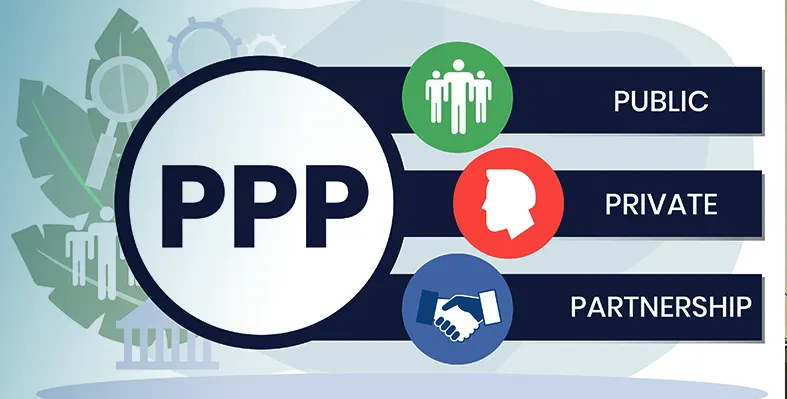Synergy Consulting, an independent global firm at the forefront of financial advisory, explains why Public-Private Partnerships (PPP) are vital for addressing Africa’s energy needs around transmission
Power transmission, the vital process of delivering electricity from generation sites to distribution networks and eventually to end-users, stands as the backbone of modern energy systems. This intricate web of infrastructure encompasses high-voltage transmission lines spanning vast distances and substations performing crucial functions like voltage conversion and grid management. However, the realisation of these projects requires robust funding mechanisms tailored to their scale and complexity. The procurement methods can vary, each with their own features and implications.
One prevalent and most used method in procuring such projects is the Engineering, Procurement, and Construction (EPC) approach, wherein the government assumes the responsibility of raising funds for the entire project. For instance, Namibia's NamPower secured substantial debt to finance the Caprivi Link Interconnector, thereby enhancing regional electricity networks. Features of the EPC method include government ownership and control, allowing for infrastructure management and revenue sources. However, it also entails significant balance sheet impacts and fiscal considerations.
Alternatively, the Engineering, Procurement, Construction and Financing (EPC + F) model shifts the burden of project financing onto the contractor, particularly in markets with favorable access to funds. For instance, the Lake Turkana Transmission Line in Kenya received financing facilitated by the contractor, utilising a blend of concessional and commercial loans to realise the project. This model allows for private sector involvement in financing while leveraging their expertise in navigating financial markets.
Public-Private Partnership structuring
PPPs present another avenue for procuring transmission projects, where private entities collaborate with governments to deliver services. Some key considerations involved in the structuring of a transmission line procured on a PPP basis would be:
1. Tariff Model: The basis for determining the transmission utility’s allowed revenues depends on the tariff model adopted by the regulator. The tariff may be on an availability or wheeling basis;
2. Ownership and Maintenance: The selection between PPP models (BOOT, BOT etc.) will depend upon the level of control on the sector required by the government utility, which is usually high in the case of transmission lines;
3. Route Identification: Transmissions lines usually cross lands with different kinds of ownership. Studies like Environmental and Social impact Assessment (ESIA), soil investigation studies, geotechnical studies etc. are necessary to plan an effective right-of-way for the projects;
4. End-user Tariff: The involvement of the private sector introduces a return-on-investment component to the project which might increase the end-user tariff. However, on a Value-for-Money (VfM) basis the value of the transferable risks might offset the increase in tariff;
5. Financing: The financing burden is shifted onto the contractor in a PPP procurement method;
6. Risk Allocation: Each risk should be allocated to the party that is in the best position to first control/reduce it and then manage it.Addressing Africa's energy needs
PPP involvement holds particular significance in addressing Africa's electricity challenges, where access remains low, and state-owned enterprises encounter sustainability hurdles. Collaborations like Kenya's partnership with Power Grid Corporation of India Ltd (PGCIL) and Africa50 to develop the Kenya Transmission Project underscore the potential for private sector engagement in bridging infrastructure gaps, bringing not only capital but also expertise in project management and risk mitigation. Brazil's extensive transmission line concessions exemplify the success of the PPP model, driving infrastructure expansion and fostering private sector participation in the energy sector.
In conclusion, diverse procurement structures exist for power transmission projects, each offering distinct benefits and challenges. PPPs hold promise for addressing Africa's electricity needs by leveraging private sector resources and expertise to drive infrastructure development and enhance access for millions. As nations continue to pursue energy security and sustainability, innovative procurement models will play a pivotal role in shaping the future of power transmission.
For more details on these and Synergy’s services, visit the company website: https://synergyconsultingifa.com/
This article is authored by Synergy Consulting IFA. For more information, reach out to:
This email address is being protected from spambots. You need JavaScript enabled to view it.



